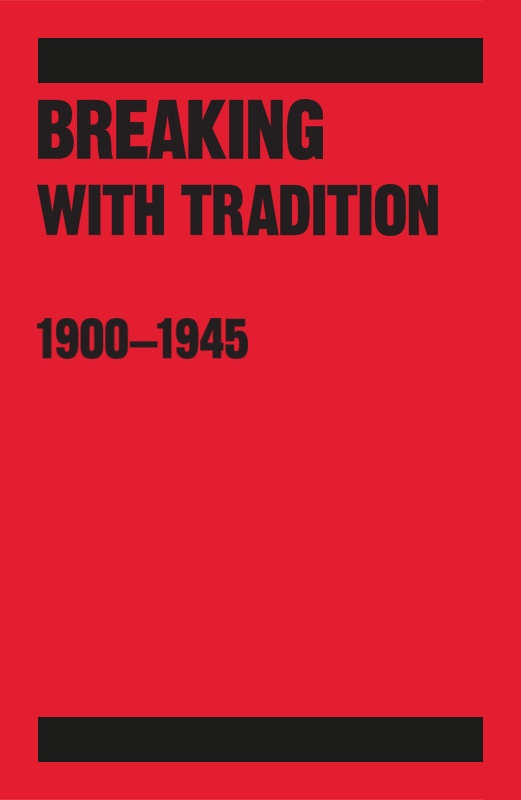The Literature Book (Big Ideas Simply Explained) (2016)


IN CONTEXT
FOCUS
Hard-boiled fiction
BEFORE
1930 The Maltese Falcon, by US author Dashiell Hammett, introduces the sleuth Sam Spade, whose strong ethical values were an inspiration for Chandler’s Philip Marlowe.
1934 The Postman Always Rings Twice, by US writer James M Cain, gains notoriety for its sex and brutal violence.
AFTER
1943 Another novel by Cain, Double Indemnity, tackles the theme of a femme fatale plotting to kill her husband, in this case the motive being to claim on life insurance.
1953 In Chandler’s The Long Goodbye, which has Marlowe as its hero, two characters, Roger Wade, a hard-drinking writer, and Terry Lennox, another alcoholic, are partly autobiographical.
Hard-boiled detective fiction brought realism, sex, violence, and fast, colloquial dialogue to the crime genre. It began with the short story form, especially those stories published in the popular pulp magazines of the 1920s to 1940s, the leading exponent being Black Mask. Raymond Chandler’s most illustrious predecessor was Dashiell Hammett, whose first hard-boiled detective story, Red Harvest, came out a decade before Chandler’s The Big Sleep and was originally serialized in Black Mask.
The hard-boiled detective, although clever, is a man of action. Battling organized crime and police corruption, he gets dragged into violence. Guns are among the hazards he faces, and in certain situations he needs to carry one, and sometimes use it. These experiences harden him into cynicism - hence the phrase “hard-boiled”. Yet at the same time, he has his principles. Chandler’s detective, Philip Marlowe, ordering a young woman to get dressed in The Big Sleep after refusing her advances, looks down at his chessboard and sees that he has made a mistake with a knight move. “Knights,” he says, “have no meaning in this game.” But they do: Marlowe, for all his faults, is a modern knight, among the kings and queens of crime and their pawns. He is loyal to clients, hates liars, cheats, and thugs, and fights back with wit and courage.

Two intertwined plots linked by sexual attraction provide The Big Sleep with its storyline, revolving around an elderly ex-general’s two wayward daughters, missing persons, blackmail, murder, and double-crosses. The result is a complex but well-controlled tale.
New uses for pulp
Part of Chandler’s achievement was to apply literary sophistication to pulp-fiction subjects. The Big Sleep is told by Marlowe in the first person, and the language is sharply idiomatic - colloquial not only in the dialogue but also the narration. But the prose has a jewel-like precision, with terse, beautifully crafted sentences. There are witty or amusingly exaggerated similes, such as doors “which would have let in a troop of Indian elephants”, but they are not overdone.
The story has a tight plot, with one situation flowing naturally into the next. Two-thirds of the way in, Marlowe has solved the mystery for his client; however, he spends the rest of the book tying up a loose end, and putting himself in further danger to discover how deep into evil an arch-villain has fallen. Throughout, Marlowe remains one step ahead of everybody else, and able, like the chess knight, to outwit his enemies by unexpected moves. The big sleep of the title is death, and is the subject of a poignant coda in which Marlowe, showing self-understanding far beyond Sherlock Holmes, implicates himself as “part of the nastiness”.
RAYMOND CHANDLER
Born in Chicago, USA, in 1888, Raymond Chandler was taken to England at the age of 12 by his divorced mother. He was schooled at Dulwich College, South London, and later studied international law in France and Germany. Returning to the USA in 1912, he lived in California, working, among other jobs, as a tennis-racket stringer. He joined the Canadian Army after World War I broke out, and served in France. In 1924 he married Cissy Pascal, a woman 18 years his senior. He started writing in earnest after losing his job at an oil company in the Great Depression. His first published story appeared in Black Mask magazine in 1933. The Big Sleep was his first novel; he went on to write six others. In 1959, the year before he died, he became president of the Mystery Writers of America.
Other key works
1940 Farewell, My Lovely
1949 The Little Sister
1953 The Long Goodbye
See also: Bleak House ✵ The Moonstone ✵ The Hound of the Baskervilles ✵ The New York Trilogy